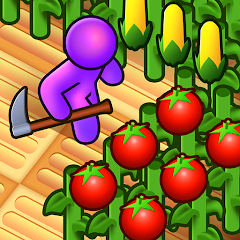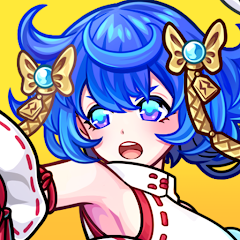
Fortnite

Call of Duty: Mobile Season 11

Build A Queen

Poppy Playtime Chapter 2

Free Fire MAX

Genshin Impact

Horror Spranky Beats

Spider Fighting: Hero Game

Avatar Maker Dress up for kids
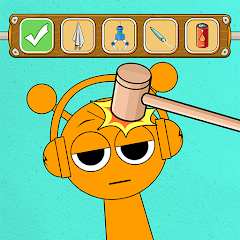
Spranky Transformer
Advertisement
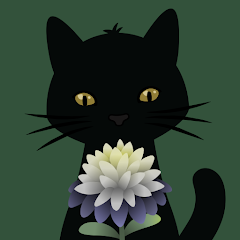
Strange Horticulture
ScreenShots

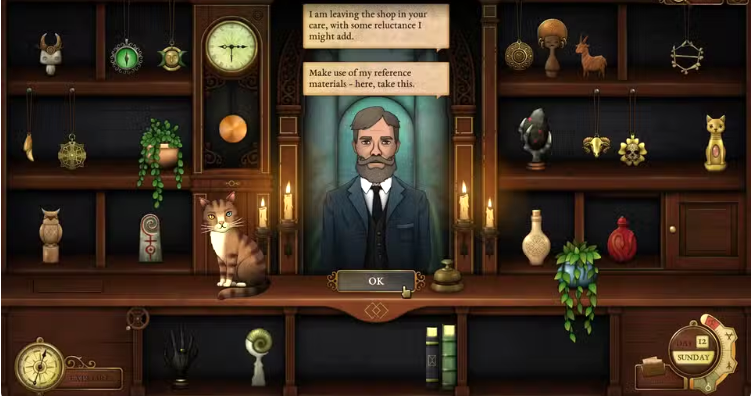
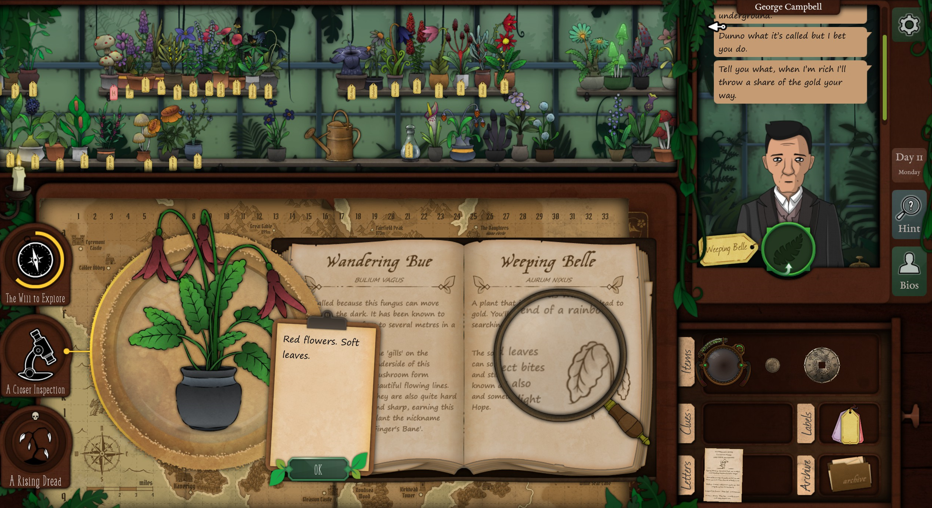

Advertisement
Editor’s Review:
Strange Horticulture is a unique puzzle and mystery game that invites players into the eerie, rain-soaked town of Undermere. Developed by Bad Viking, this atmospheric title combines plant identification, occult secrets, and investigative storytelling into an unforgettable experience. At its heart, the game is about running a small plant shop, but beneath the surface lies a darker, more intricate tale of cults, hidden knowledge, and choices that ripple through the story.

One of the game's strongest features is its immersive atmosphere. The artwork, with its muted tones and meticulous illustrations of strange flora, immediately draws you into a world that feels both cozy and unsettling. The sound design complements this perfectly: rain patters steadily outside, the cat purrs softly, and faint whispers of something sinister drift beneath the calm. It's a game that knows how to make you lean in and listen.
The gameplay strikes a balance between relaxation and challenge. You spend time cataloguing plants, identifying them based on subtle descriptions, and serving customers who bring you both requests and pieces of a larger mystery. Each decision you make—whether giving someone the right herb or misidentifying a plant—can influence the unfolding story. This branching narrative ensures high replayability, as different choices lead to different outcomes.
What truly sets Strange Horticulture apart is how it makes the mundane magical. Looking through a dusty book, comparing leaf patterns, or deciphering cryptic notes feels meaningful and rewarding.

Rather than relying on fast-paced mechanics, it thrives on curiosity and attention to detail. For players who enjoy slow-burn mysteries, rich world-building, and games that reward observation, Strange Horticulture is a rare gem—equal parts meditative and mysterious.
How to Play
Step 1: Start your day by ringing in at the counter. Scan the shelves to familiarize yourself with unlabeled plants and any new notes or letters.
Step 2: Your botanist's book lists plants with partial, sometimes cryptic descriptions—leaf geometry, petal count, aromas, habitats, and side effects. This is your primary reference.
Step 3: Listen closely to each request. Symptoms, motives, and mood often hint at which plant is appropriate—and whether you should fulfill it.
Step 4: Compare plant traits to the book: leaf edges (serrated vs. smooth), stem thickness, flower shape, spore dust, or unusual smells. Use the magnifier when in doubt.

Step 5: Nonlethal tests—rubbing a leaf, wafting a scent, or observing color change in water—can confirm identity. Note any warnings in the compendium before handling.
Step 6: Once certain, create a label and file the plant in your collection. Clear labels prevent future mistakes and unlock cleaner workflows.
Step 7: Hand over the correct plant to progress and earn clues. Refusing—or misidentifying—can alter relationships and steer the story onto different branches.
Step 8: New letters, coded notes, and map markings appear between customers. Read everything; small details often unlock significant discoveries.
Step 9: Use riddles, coordinates, or environmental hints (fog, elevation, landmarks) to pick map locations. Successful excursions yield rare plants or lore.

Step 10: Expect ciphers, symbol wheels, constellations, and ritual diagrams. Cross-reference notes with the compendium margins and any occult artifacts you acquire.
Download for App
Ratings
Disclaimer
2 . Vicitygame provide screenshots, historical version Apk, links and other information, which we collected fromGoogle Play. we will also add our own reviews to providechoose
3 . All trademarks,registered trademarks, product names and company names or logos appearing on the siteare the property of their respective owners.
4 . Vicitygame abides by the federal Digital Millennium copyright Act (DMCA) by responding to notices of alleged infringement that complies with the DMcA and other applicable laws.
5 . We guarantee the security of apk files downloaded from our site and also provide the official download linkat Google Play Store and App Store.
6 . lf you are the owner or copyright representative and want to delete your information, please contact [email protected]
7 . All the information on this website is strictly observed all the terms and conditions of Google Ads Advertisingpolicies and Google Unwanted Software policy.









